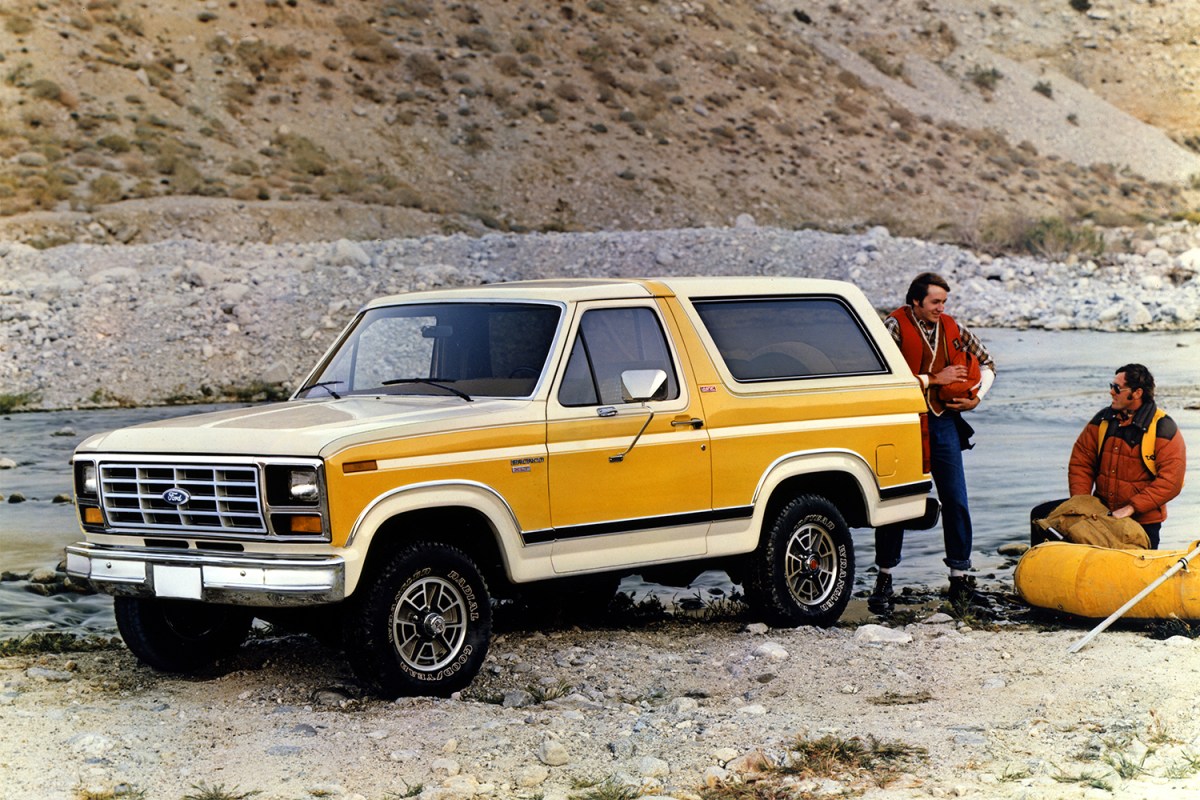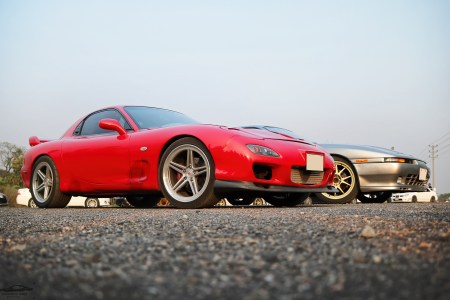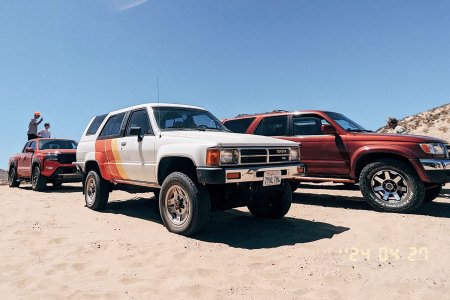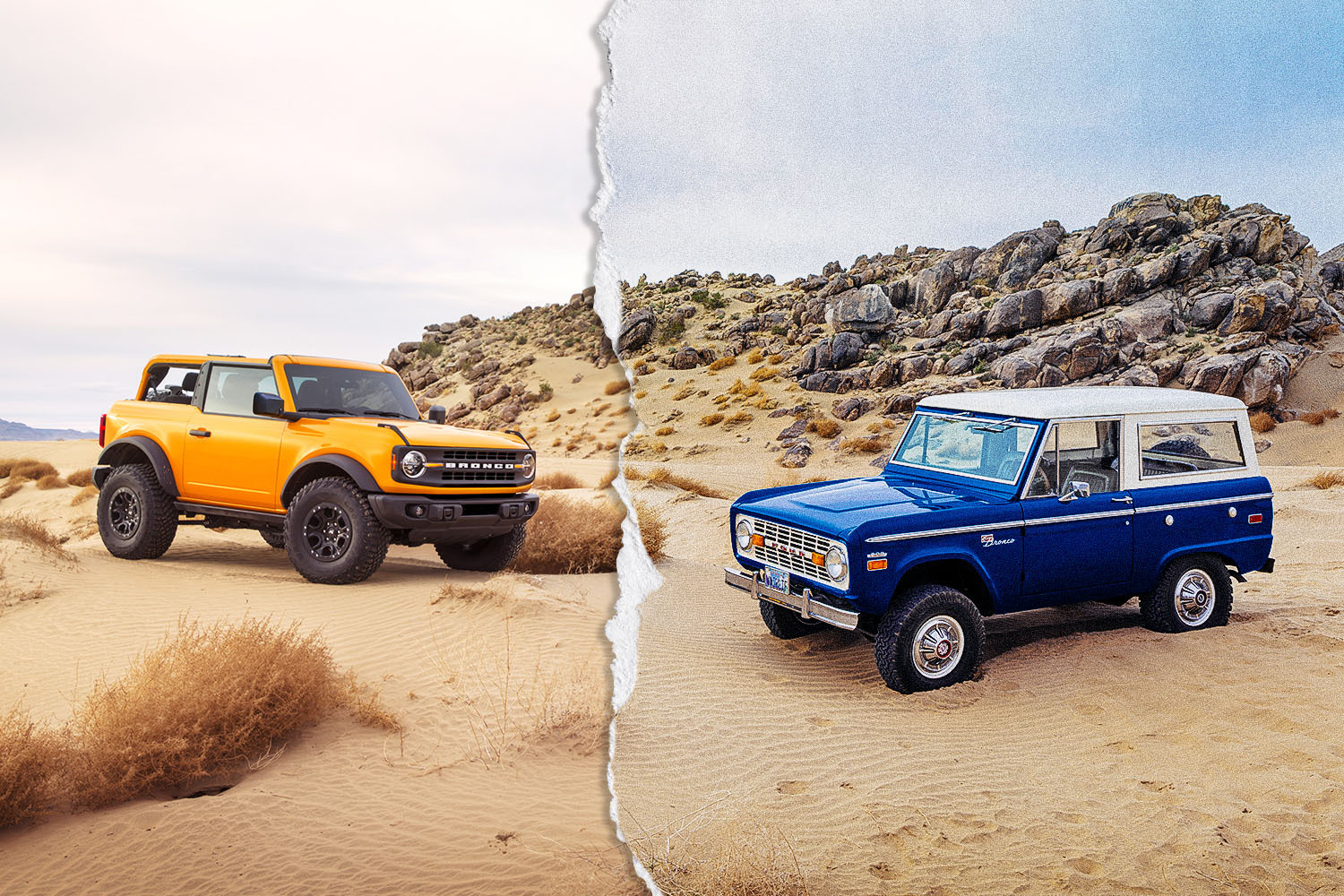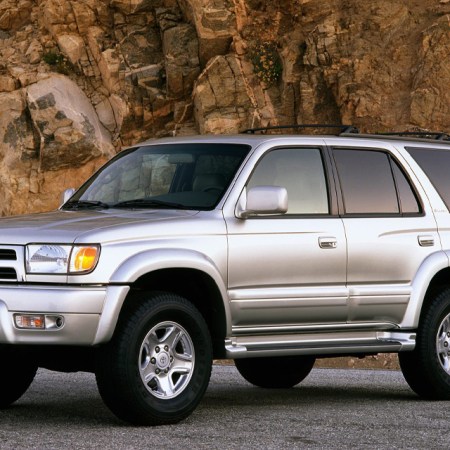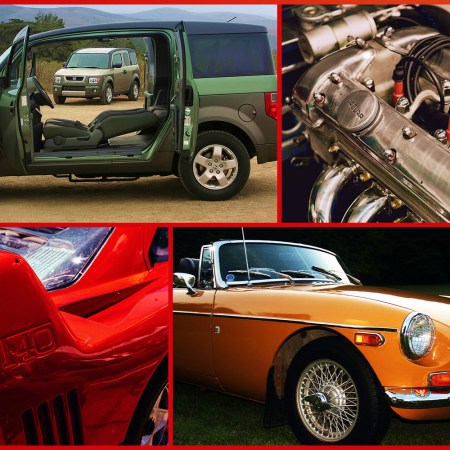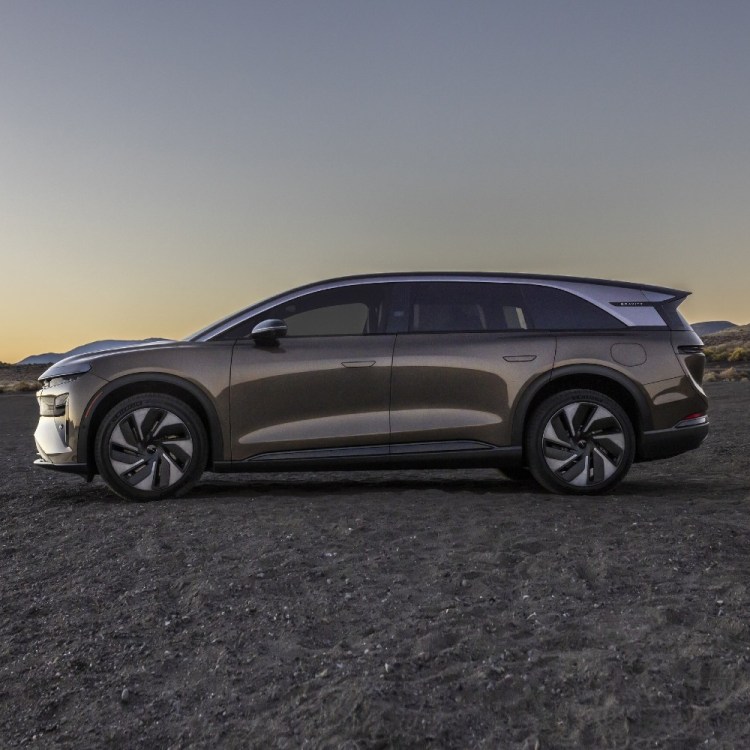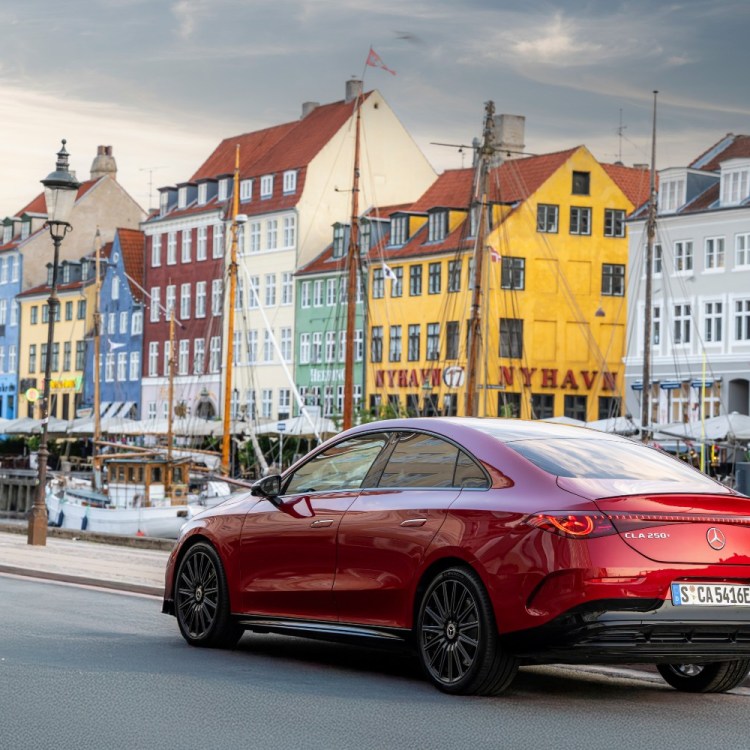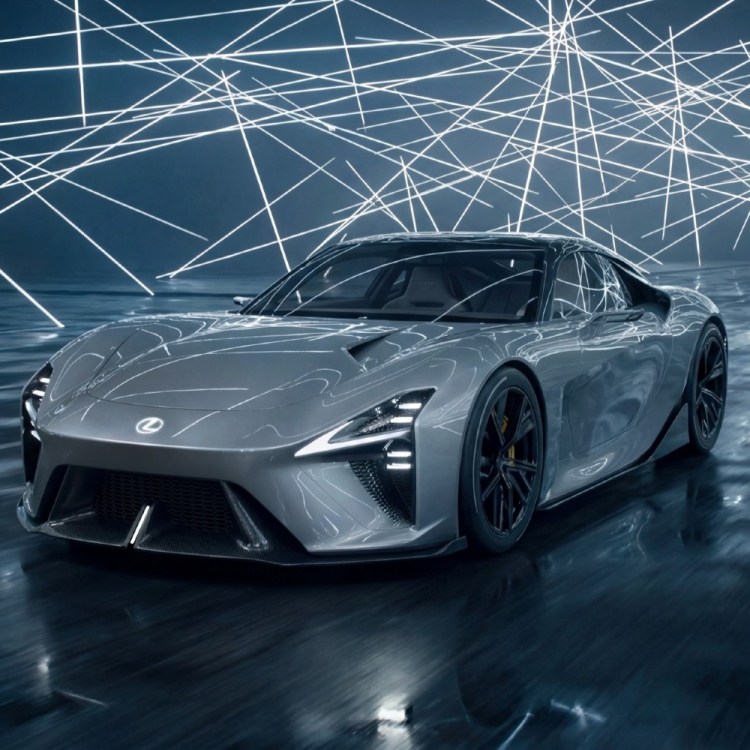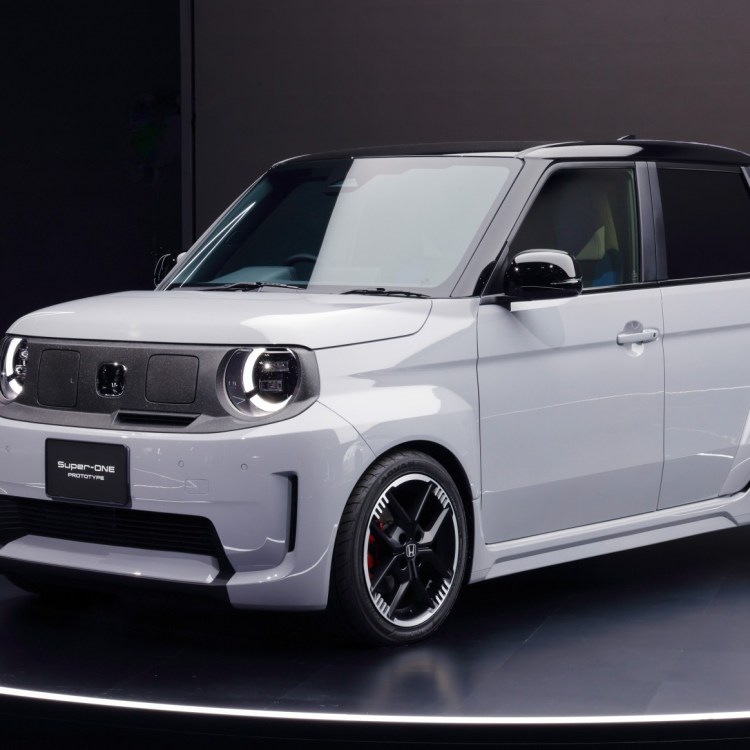If you’ve even casually dipped your toe into the classic SUV market over the past several years, you’ve no doubt been shocked by how rapidly sport-utility vehicles from the 1980s and 1990s have seen their price tags climb. Whereas it was once possible to score a decent deal on both American and Japanese 4x4s as they transitioned from “used” to “collector” status, these haulers no longer find themselves on the fringe, and now command the same level of interest — if not more — than the coupes, convertibles and more exotic fare that once headlined the hobby.
What’s driving both the soaring prices of and sudden fascination with these rugged and formerly overlooked members of the automotive community? The answer is more nuanced than you might think.
It’s a Movement
There were warning signs that this surge was on the way. All the way back in 2017, Hagerty’s regular roundup of vehicles outperforming their peers in terms of interest was studded with trucks and sport-utilities. Although most of these vehicles hailed from an earlier era, there were more than a few hints of ’80s and ’90s influence. Coincidentally, that same summer the very first Radwood event was held, a now-regular gathering dedicated to celebrating cars built from 1980 to 1999 that had up to that point been situated outside the scope of the Boomer-dominated collector car market.
SUVs had arrived as a brand new automotive niche for those who had been priced out of the original Barrett-Jackson muscle car boom, or who couldn’t connect with the rolling stock from an epoch that was too far removed from their own experiences growing up. The hobby was entering a demographic slide that reset the crosshairs of Gen-Xers who now had money to spend on the vehicles they’d lusted after as kids.
The Forgotten Cars of the ‘80s and ‘90s Are Quietly Building a Cult Following
How “Malaise” and “Radwood” became household names in the car-collecting worldRadwood didn’t just materialize out of thin air, but rather coalesced around an online community that celebrated both vehicles from that particular period and the pop culture that came with it. The intersection of nostalgia-tinged lifestyle and classic sheet metal is nothing new (witness the celebration of greasers, bobby sox and drive-ins that has traditionally clustered around ’50s and ’60s car shows), but this time the strong thirst for a bygone era saw its fetishization accelerated by terabytes of digitized time capsules in the form of music, movies and television, easily accessible by all on the internet.
These highly networked tendrils also extended into the buying and selling of classic cars and trucks. In place of pennysaver ads and dedicated classified publications, Rad-era autos saw their sales jump-started by frictionless online platforms that were thoroughly absent in the early days of vehicle collecting. Rather than stumble across a rare or desirable vehicle while perusing the acres of flea market space at a national meet, curious gearheads with money to burn could hit online auctions, Facebook groups and web forums to track down their next purchase. Money, demand and opportunity had finally aligned for SUVs from the 1980s and 1990s, and slowly but surely their prices began to rise as a reflection of this new energy entering into the market.
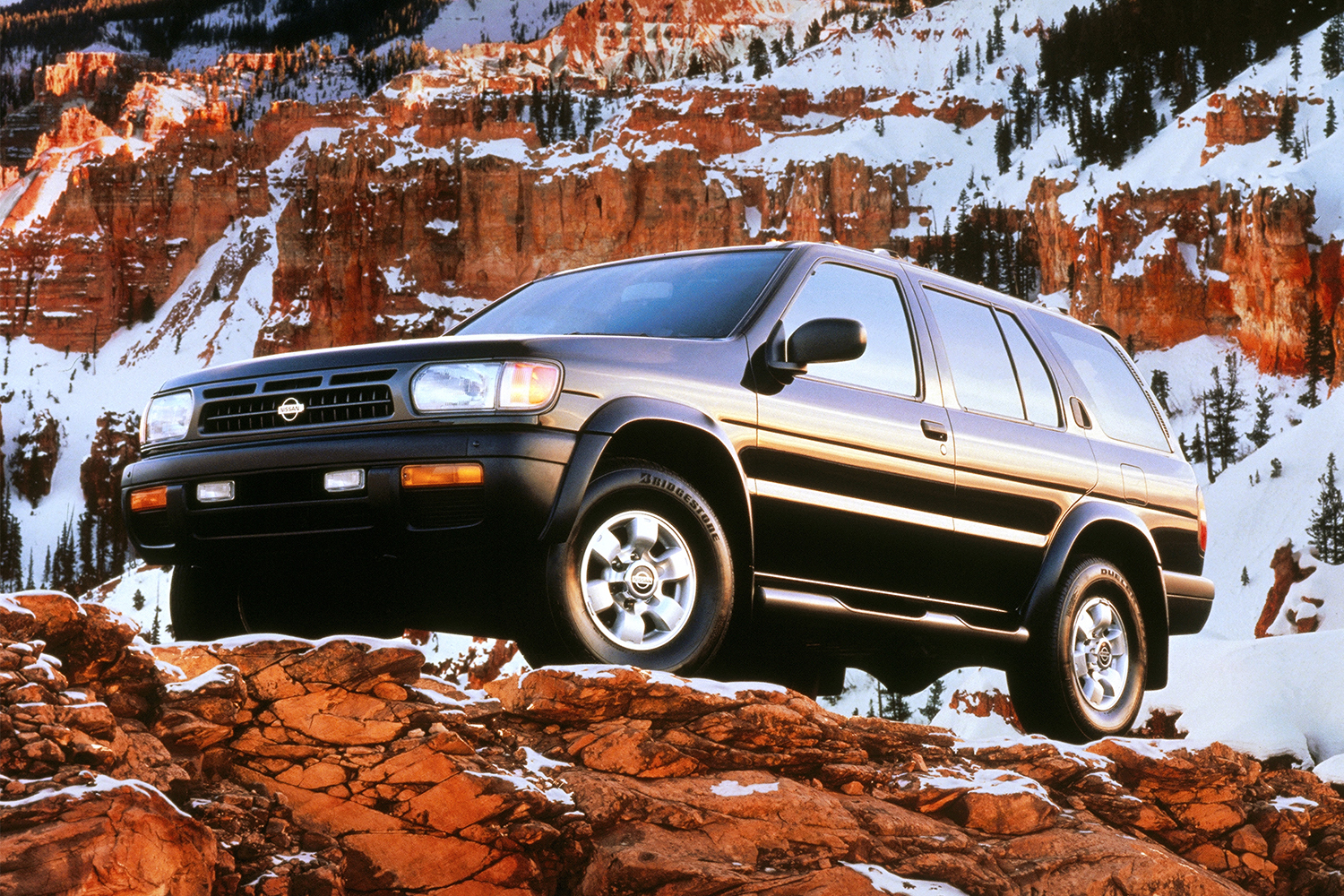
Fitting in the Family
It’s clear that the rising Rad tide has buoyed all collector car values from the decades the movement brackets, but why have SUVs in particular seen such spectacular valuations? There are a number of factors that have helped to elevate trucks to levels typically reserved for more exclusive fare.
First, unlike performance cars (which underwent years of growing pains associated with the transition to electronic fuel injection, the perfecting of turbo technology and the refinement of computer controls), most SUVs sleep-walked into the 1980s riding on the same simple platforms that had defined them for decades. Some of the most popular models, like the Land Rover Range Rover Classic and the full-size Jeep Grand Wagoneer, were largely unchanged from their original designs. Aside from the addition of fuel injection and styling tweaks, the Ford Bronco was essentially the same from 1980 all the way until the model left the market in 1996, with the Dodge Ramcharger and the Chevrolet Blazer (and its GMC Jimmy twin) enjoying nearly the same stasis.
The bottom line for modern collectors? There’s no particularly esoteric knowledge required to care and feed for an ‘80s-era SUV, as their simple mechanicals and year-to-year similarities make them easy to maintain. At the same time, unlike the market for early Mustang GTs versus end-of-’90s models, there’s little benefit to choosing an early truck or a later one in terms of driving experience, broadening their appeal.
That ease of use also speaks to the next facet of classic SUVs that has pumped their prices: their fantastic ability to fit into a modern lifestyle. A four-seat sport-utility vehicle is practical in a way that a cramped sports car never could be, which means owners don’t have to leave them rotting in the garage until a sunny Saturday afternoon comes along. In fact, they can take the whole family along wherever their adventures might take them, and in a world that is increasingly intrigued by camping, wilderness exploration and overlanding, classic SUVs are a versatile collector vehicle option.
That same rough-and-tumble character has also served to fan the flames of SUV pricing in a different way. The off-road community has long been built on the bedrock of cheap ’80s and ’90s trail rigs, and 4×4 fanatics keen to install lift kits and mud tires suddenly find themselves competing with collectors for clean examples of trucks that used to go for very little money. Specifically, this has elevated the ask for models like the Toyota Land Cruiser, the Toyota 4Runner, the Jeep Cherokee and of course the Jeep Wrangler.
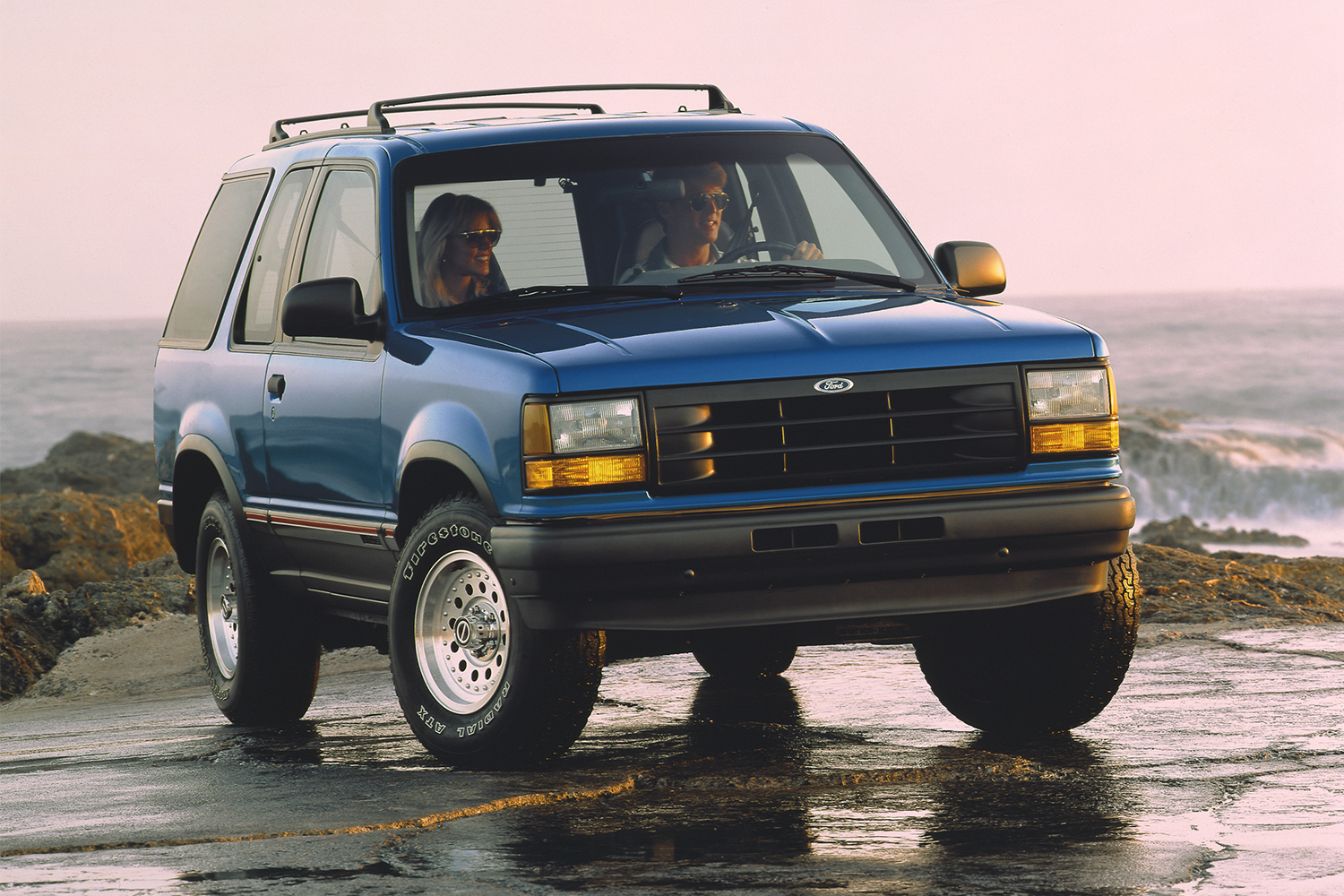
Hidden Value
With all of this in mind, how can you snag a piece of the classic SUV action without buying in at the peak of the market? There are a few ways you can narrow your search for an ’80s or ’90s sport-utility to help you save some bucks on the price of entry without sacrificing anything when it comes to fun.
First, you’ll want to avoid trucks that are subject to the off-road tax mentioned above. The Wrangler, 4Runner, Land Cruiser and Cherokee, by and large, are prized by the four-wheel-drive community. Not only are they priced higher as a result but you’ll also be competing against a deeper pool of prospective buyers for a clean, unmolested example. There are SUVs out there like the Nissan Pathfinder, the Mitsubishi Montero and the Isuzu Trooper that provide very similar all-terrain capability without the same kind of badge recognition at the cash register.
Next, step outside the zeitgeist. Bronco prices from every era are currently high thanks in large part to all the hoopla surrounding the model’s recent re-launch. The Jeep Grand Wagoneer has caught fire in recent year with collectors as the last of the woodies, while the Range Rover Classic market has finally caught up with the fact that this British import has always been rare. Leave the feeding frenzy to the fish and instead target similar large SUVs from the same era like Chevrolet’s K5 Blazer (and its even cheaper Chevrolet Tahoe/GMC Yukon replacement) or the more modestly sized but still quite useful first-generation Ford Explorer (available in two-door and four-door body styles).
The Timeless Appeal of My First-Generation Toyota 4Runner
Among a convoy of modern off-roaders at the Aether Rally, my 1988 SR5 did more than hold its own — it proved it’s still the one to beatFinally, consider being different. Currently, the ’80s and ’90s SUV market has barely noticed the compact S10 Blazer and S15 Jimmy, leaving hundreds of thousands of these inexpensive, period-correct trucks ripe for the picking. The same can be said for the first-generation Toyota RAV4 and Honda CR-V soft-roaders, and the legitimately tough Suzuki Sidekick (also known as the Vitara, and sold by General Motors as the Chevrolet Tracker), with the latter’s cute dimensions concealing a full-frame design matched with low-range four-wheel drive.
If you’re more tolerant of electrical gremlins and aren’t intimidated by DIY repairs, then somewhat larger options like the original Jeep Grand Cherokee and the Mercedes-Benz ML-Class are tempting, if somewhat buyer-beware choices. Feel the need for import self-flagellation of the Land Rover variety? You can still find a reasonably priced Discovery being sold by an owner whose reserves of optimism have finally been depleted.
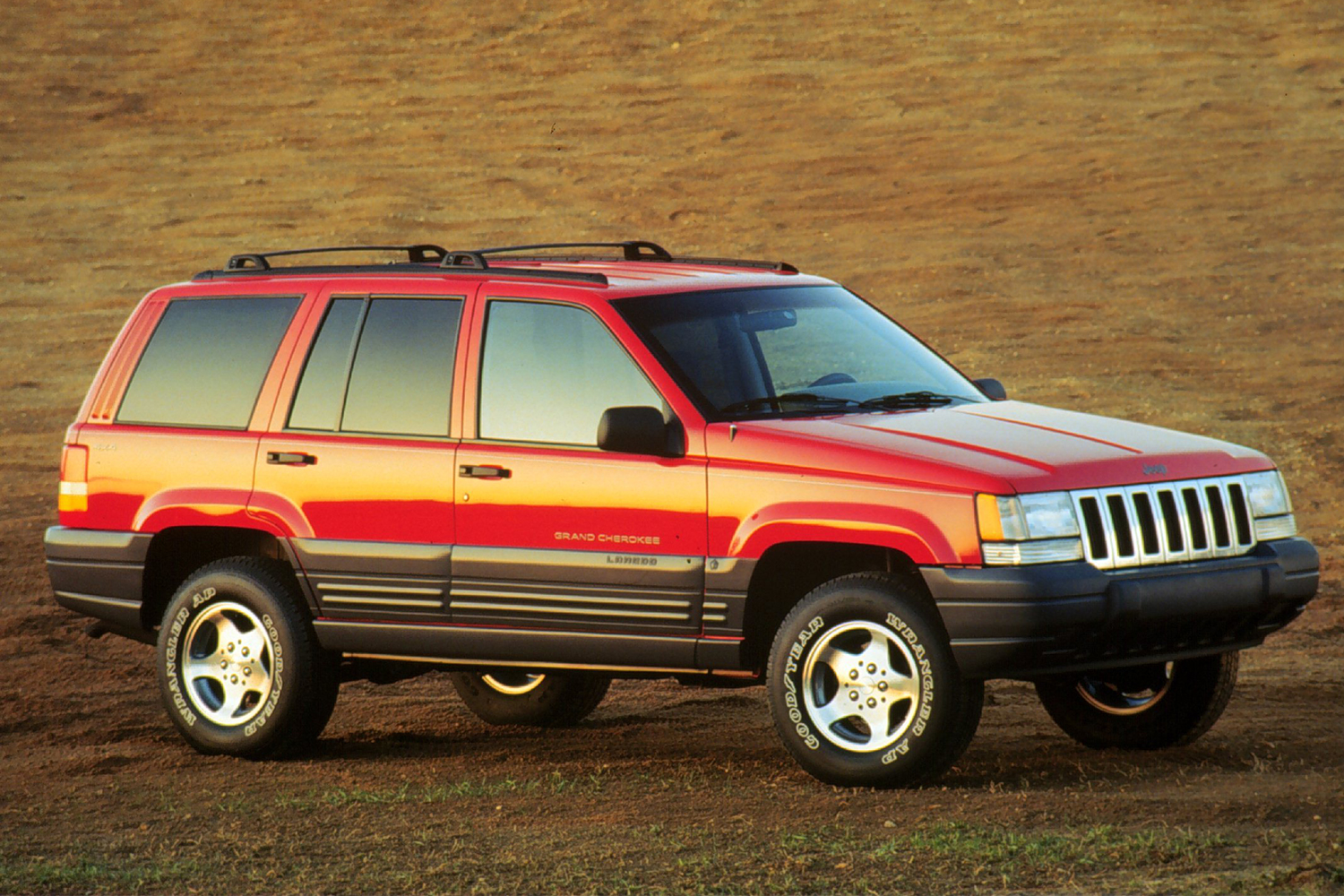
Patience Is Key
While it’s true that classic SUV prices are currently higher than they’ve ever been, there’s a glimmer of light up ahead for those who are having trouble finding reasonable examples of even the value models outlined above.
It’s currently one of the worst times to be in the market for any vehicle, of any kind. Moneyed collectors stuck inside during the COVID pandemic have poured cash into used cars, trucks and SUVs, largely targeting special interest autos as speculative investments that can be enjoyed now in a way that high-end vacations can’t be. At the same time, car rental companies that sold off nearly their entire fleets in the summer of 2020 are frantically trying to reassemble inventory as travel begins to ramp up, hoovering up used cars at auction at transaction costs that make little sense to individual buyers.
Combine these unusual behaviors with new car companies unable to build product due to the current microchip shortage, and the end result is incredible pressure being put on secondhand vehicles all the way down the line, a ripple that has reached back decades as it becomes harder and harder for almost anyone to get a good deal on a vehicle.
What’s the good news? None of this will last forever. Eventually, there will be ski getaways in Aspen to get to and beaches in Spain to sunbathe on once again, leaving recently acquired toys to be liquidated. Rental fleets will dump their used rides as production resumes for automakers all over the world, and previously owned lots across the country will once again swell, easing the strain on those who just need a commuter car to get to work in the morning.
While it may not be immediately obvious, that release of supply-side tension will affect asset prices across the board, including classic SUVs. The best decision to make about your own search for sport-utility fun might be to wait until next year before plunking down your cash.
This article appeared in an InsideHook newsletter. Sign up for free to get more on travel, wellness, style, drinking, and culture.
